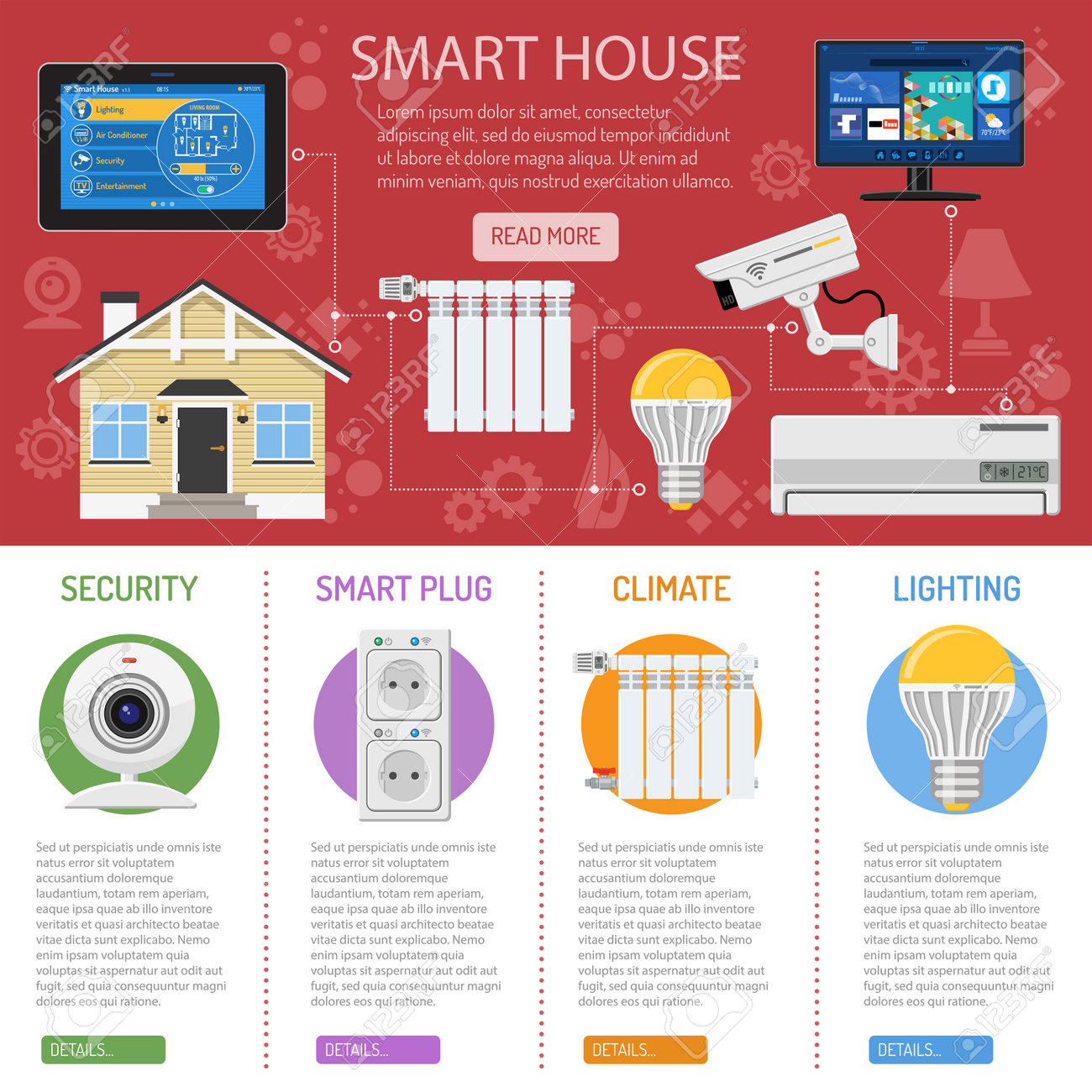Before diving into the installation process, it's crucial to guarantee your home is ready for the upcoming heat pump installment. From decluttering the location to examining electric compatibility and ventilation, each step plays a vital duty in the effective configuration of your brand-new system. By thoroughly preparing your home, you lead the way for a seamless setup experience and effective performance of your heatpump. Yet what other essential factors to consider should you bear in mind to ensure a hassle-free procedure?
Clearing the Installation Location
Have you prepared the installment area for your heatpump? Before the installment process begins, it's important to make sure that the location where your heat pump will be set up is clear and prepared for the specialists to work successfully.
Beginning by removing any type of challenges or mess near the marked spot for the heatpump. See to https://jgpr.net/2022/05/20/brookline-emergency-management-team-shares-hot-weather-safety-tips-ahead-of-high-weekend-temperatures/ that there suffices room around the unit for appropriate air flow and upkeep gain access to. Eliminate any kind of debris, plants, or furniture that might obstruct the installment process or impede the heat pump's efficiency.
In addition, look for any possible risks such as overhanging branches or structures that can disrupt the heat pump's operation.
It's necessary to create a risk-free and unobstructed setting for the installment team to work in. By making heat pumps installers timaru to remove the installation area beforehand, you can aid make sure a smooth and effective heatpump installation process.
Monitoring Electric Compatibility
To make sure a successful heat pump setup, it's essential to check the electrical compatibility of your assigned installation area. Begin by making certain that your electric panel has the capacity to support the brand-new heat pump. Check if there suffice offered circuit breakers and enough amperage to handle the extra tons. If needed, talk to a certified electrical expert to assess and upgrade your electrical system.
Next off, validate if the voltage demands of the heatpump match your home's electric supply. The majority of heatpump operate on typical household voltage, but it's necessary to verify this to avoid any type of electrical issues throughout installation. Furthermore, ensure that the electrical wiring in your home is in good condition and satisfies the requirements laid out by the heatpump supplier.
Lastly, think about the area of the nearby source of power to the outside unit of the heat pump. https://bestheatingservicecompany01110.blogdeazar.com/31321267/odd-sounds-and-variable-temperatures-are-possible-indications-of-heat-pump-malfunctions-recognizing-these-early-indication-can-aid-you-avoid-more-substantial-problems ought to be within reach for easy connection without the demand for comprehensive circuitry. By attending to Recommended Reading of time, you can make certain a smooth and effective heat pump installment process.
Ensuring Appropriate Air Flow
For ideal performance and effectiveness of your heat pump, guaranteeing correct air flow is crucial. Adequate ventilation allows the heatpump to work optimally by offering the required air flow for heat exchange processes. Before installment, see to it that the area where the heat pump will be put has sufficient air flow to prevent overheating and make sure proper air blood circulation.
Clear any type of obstructions around the unit to allow unlimited air flow, which is important for the heat pump to run successfully.
In addition to the area around the heatpump, think about the general air flow in your house. Excellent ventilation throughout your house helps distribute conditioned air properly, making certain consistent temperatures and making best use of energy cost savings. Correct ventilation also helps maintain interior air quality by decreasing contaminants and dampness build-up.
Throughout the installation procedure, consult with your HVAC specialist to verify that the air flow demands for your specific heat pump design are satisfied. By focusing on ventilation, you can boost the performance and longevity of your heat pump system.
Conclusion
Since you have cleared the installation location, inspected electric compatibility, and made certain correct air flow, your home awaits a successful heatpump installation. By following this comprehensive list, you have actually developed a risk-free and favorable atmosphere for the new heat pump to run efficiently. Bear in mind to seek advice from specialists if required and enjoy the advantages of a much more comfortable and energy-efficient home.
